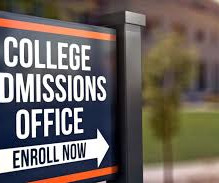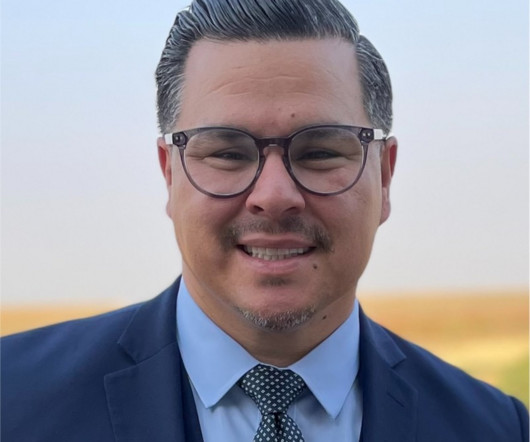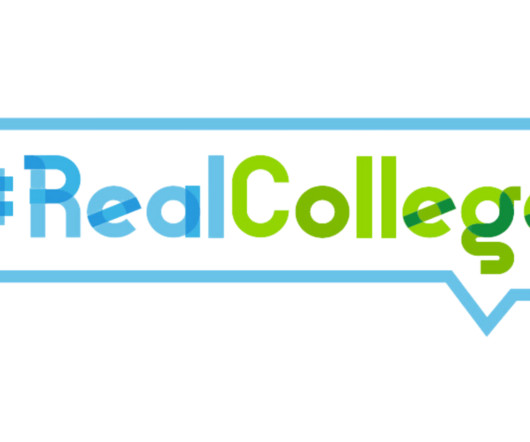What Should Schools Prioritize to Support Youth Mental Health? Priority #1: Provide More Specialized Mental Health Professionals and Paraprofessionals on Campus
SRI Education
JULY 22, 2025
However, state and district leaders now worry that especially with reduced federal funding to support school-based mental health services and professional development, there are not enough specialized mental health staff to meet students’ current or future needs ( EAB, 2023a ). With limited resources where should leaders put their money?






















Let's personalize your content